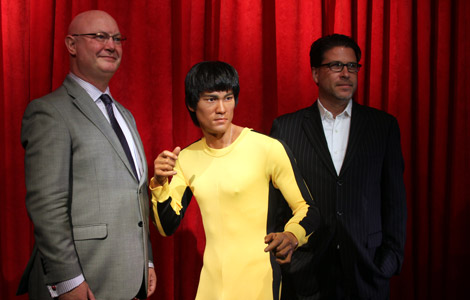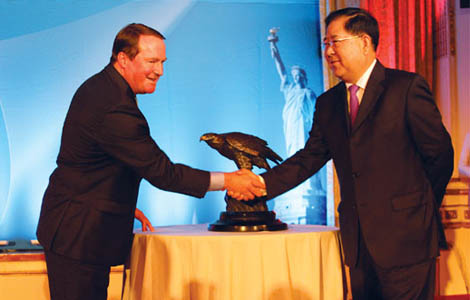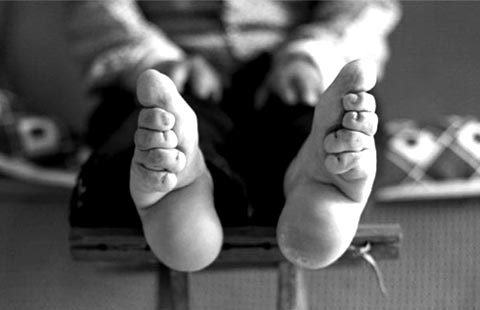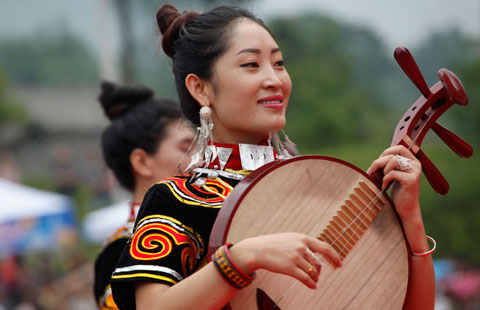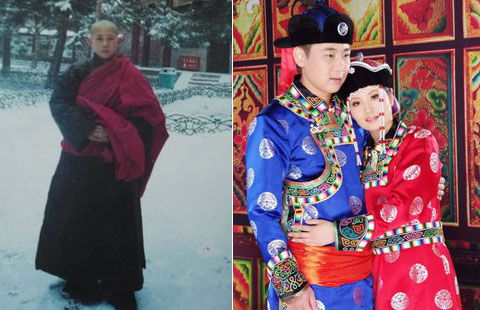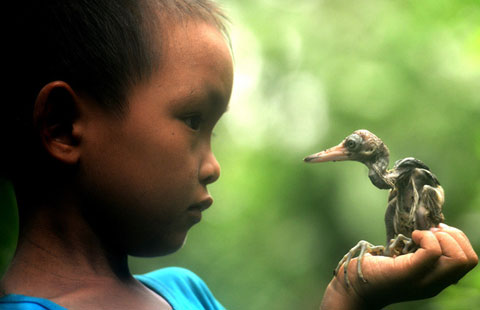Sister cities bridge ocean
Updated: 2014-08-18 04:18
By ZHANG YUCHEN in Beijng(China Daily Latin America)
|
||||||||
Relations between Cuba and China are being strengthened by opening more and more channels of arts and cultural communication between the twin cities of Santiago de Cuba and Shanghai.
This year, the largest contemporary Cuban arts exhibition — Rolling, They Meet — came to Shanghai as a prelude to further arts exchange in the upcoming Cuba Biennale 2015 in March.
"It is the first time Cuban arts have been displayed in China," said Maria Cruz Alonso, the curator of the show. "Its aim was to make Cuban arts more recognized by the people of Shanghai — the twin city of Santiago de Cuba — as well as tighten the ties between Latin America and China."
Some 112 works of art from a diversity of genres and themes from 94 Cuban artists were exhibited at the largest Cuban arts show in Asia, attracting large audiences to the exhibition.
"For many years, economical and political cooperation has been the main thread of Cuba and China relations," Alonso said. "Due to the lack of frequent communication in various fields, Cuba remains in Chinese people's minds just another far-away country in South America, a source of farm products and raw materials for manufacturing."
Among the contemporary Cuban artworks in the Collection of the National Council for Plastic Arts of Cuba, the photographic profile of revolutionary Che Guevara (1928-1967) is the most popular among Chinese audiences.
"People still remember Che Guevara, no matter if they are Chinese or Cuban, because we share a similar social system," said Alonso.
The Latin American world also charms China in many other ways, said Alonso. Cuban music has been a pioneer in cultural exchanges already underway.
"We have always longed for regular cooperation with Cuban cultural organizations, even though we know it is hard to overcome the difficulties of the long-distance travel and economic restrictions," said Deng Xiaoxian, secretary general of Shanghai International Cultural Association, which is collaborating on the show next year.
Deng also stressed the language barrier as one factor blocking the two parts from deepening relations.
Chinese President Xi Jinping wrapped up his four-country trip to Latin America in July by visiting Santiago de Cuba, where he also paid visits to major sites of historical and social interest in Santiago, including paying homage to Cuban national hero Jose Marti at the Santa Cemetery.
"Cultural dialogue always happens when it's based on strong economic and political ties between the two parts," said Deng. "As the economic connection grows stronger between Latin American countries and China, we are looking forward to more opportunities of coordinating and introducing cultural and arts programs in Shanghai."
Mutual support between Shanghai and Santiago de Cuba has been going on since the two became sister cities in July of 1996.
In April 2006, then Shanghai mayor Han Zheng and a delegation of Shanghai municipal government officials paid a visit to Santiago de Cuba, touring the cardiovascular surgery center and inspecting pharmacy industry developments. In September of 2010, Shanghai welcomed the vice-governor of Santiago de Cuba as a guest.
When Hurricane Sandy swept the Latin American region in October 2012, Shanghai sent $50,000 in aid to its sister city for disaster relief.
"Latin American world and China have been sharing a long history of friendship among two people. The further cooperation will be strengthened through more frequent cultural communication," said Alonso.
zhangyuchen@chinadaily.com.cn
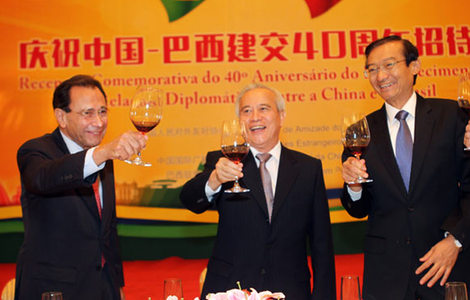
 Unique relation needs further tightening
Unique relation needs further tightening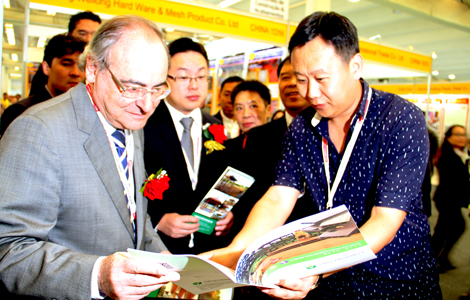
 Trade shows help Chinese firms to gain a foothold in Brazil
Trade shows help Chinese firms to gain a foothold in Brazil
 First lady tours museum with wives of foreign leaders
First lady tours museum with wives of foreign leaders
 Passenger transport starts on Tibet's new railway
Passenger transport starts on Tibet's new railway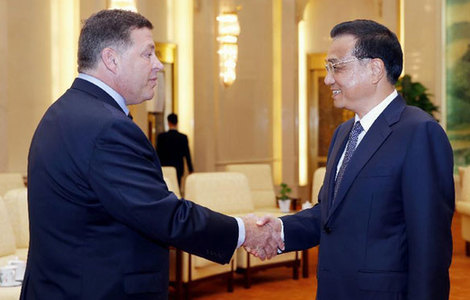
 China to help upgrade US transport network
China to help upgrade US transport network
 Youth Olympic Games kick off in Nanjing
Youth Olympic Games kick off in Nanjing
 Earthquake relief
Earthquake relief
 Delegation visits San Francisco to promote Canton Fair
Delegation visits San Francisco to promote Canton Fair
Most Viewed
Editor's Picks

|

|

|

|

|

|
Today's Top News
190,000 people in HK turn up for anti-Occupy march
Ebola outbreak interrupts Chinese companies in Liberia
Macao's Chui unveils political platform for chief executive election
Gov declares emergency, imposes curfew in Ferguson
APEC sets ball rolling for free trade
China's holdings of US securities take a slight dip
China seeks to conduct dialogue with Vatican
China opposes Japan PM's offering to Yasukuni Shrine
US Weekly

|

|
